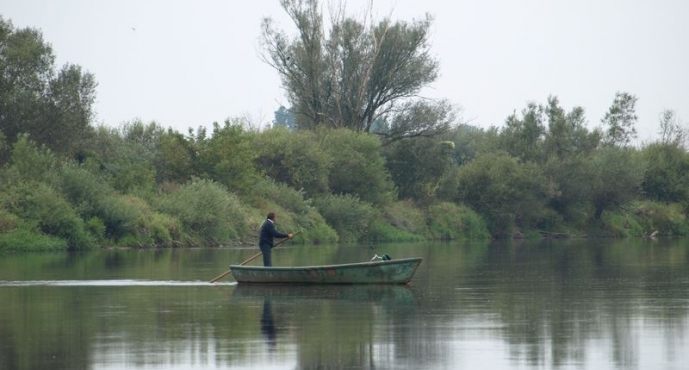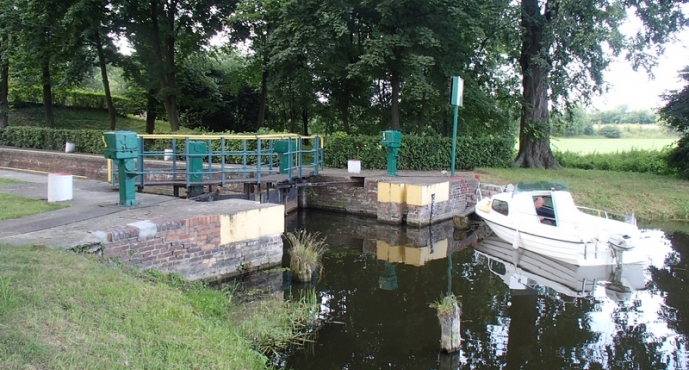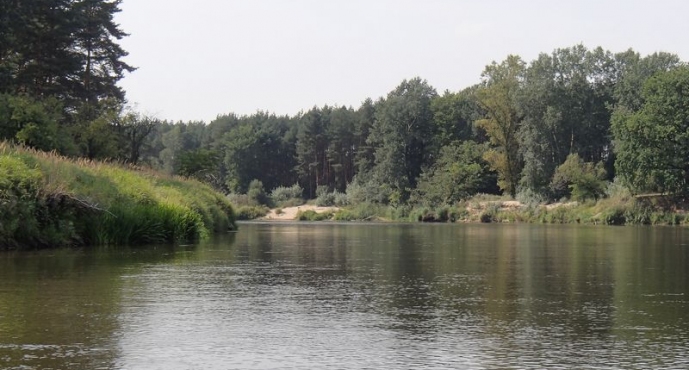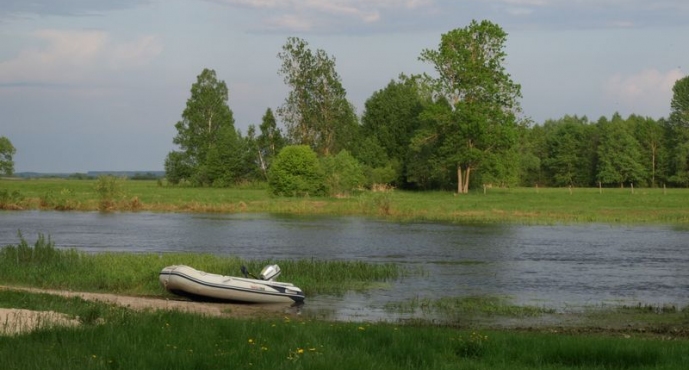Waterways in Poland consist of over 3500 km of rivers, lakes and canals. When compared to waterways in Germany, France, the Netherlands or Belgium, Poland’s rivers and canals are exceptionally clean and almost always picturesque. There are no barges or other large vessels moving along them, and they usually cut through corridors of luxuriant vegetation.
Polish waterways are connected with major European waterways. They can be reached through the system of waterways from Germany, France, Belgium, the Netherlands, Austria, the Czech Republic, Hungary and Romania.
Almost every part of the Polish waterways is home to spectacular wildlife. One can see many kinds of birds and other animals, including rare species such as beavers, white eagles and elk.
Cruising the waterways can take you to the Masuria (Mazury) region, the Old Town in Gdańsk, near the Teutonic Knights’ castle in Malbork, to the historic centre of Wrocław, Warsaw, and near the Wawel Royal Castle in Kraków.
Polish waterways include the Vistula (Wisła) river, the last large wild river in Europe, as well as the Oberland (Elbląski) Canal, with its astonishing inclined planes; the Great Wielkopolska Loop (Wielka Pętla Wielkopolski), with its historic locks, and many scenic rivers and canals.
Travelling by water across Poland is an alternative to going by car, and is an option for patient people with plenty of time and a love of nature and wildlife.
Travelling by water across Poland is an alternative to going by car, and is an option for patient people, those with plenty of time and a love of nature and wildlife.






